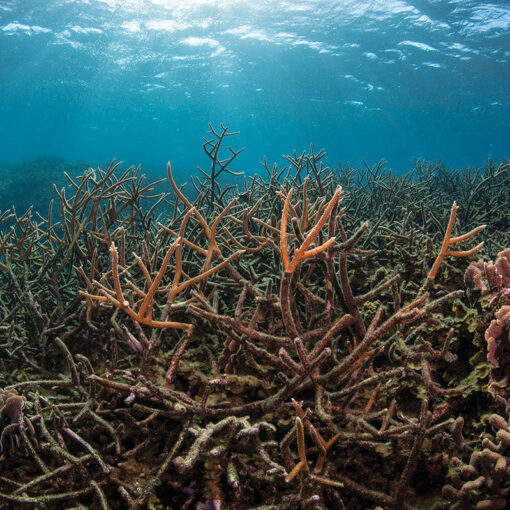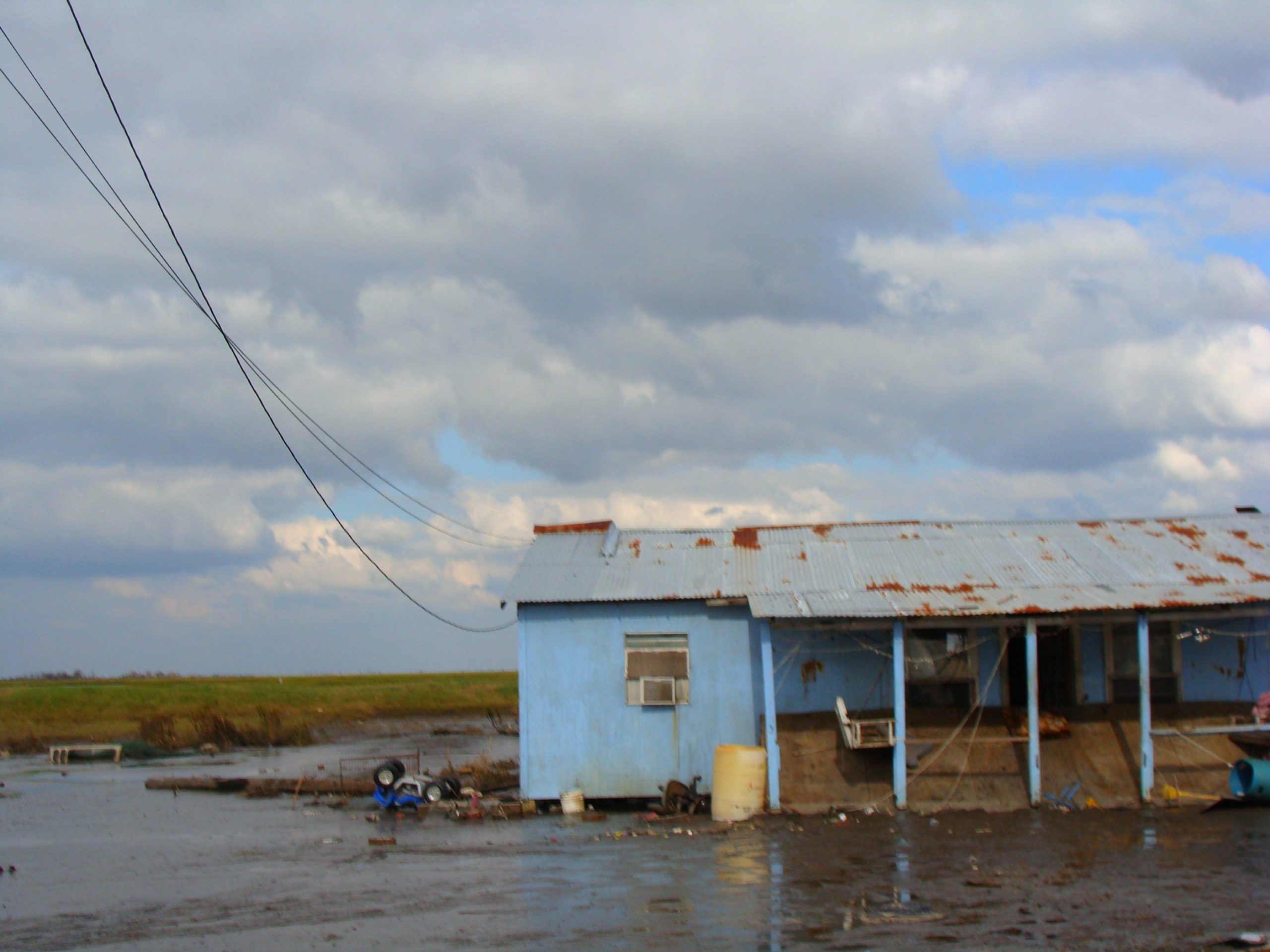- Introduction
Earlier this year, the Commission on Human Rights of the Philippines released its final report detailing the findings of a groundbreaking inquiry (In re Greenpeace Southeast Asia and Others) into the responsibility of “Carbon Majors”—large global fossil fuel and cement companies—for the adverse effects of climate change on human rights.
Remarkably, the Commission found that Carbon Majors not only were well aware of the climate harms of fossil fuel products since 1965 but also engaged in wilful obfuscation and obstruction to delay meaningful environmental and climate action for decades (on climate misinformation, see the critical work of Benjamin Franta). The Commission also held that all businesses are responsible for undertaking due diligence to ensure that they are not violating human rights and providing remediation where abuses occur. This responsibility applies to all companies conducting business in the Philippines, and those present within the country by virtue of their value chain or any other reason.
The Commission’s findings are the culmination of a seven-year inquiry. In 2015, a series of particularly violent typhoons hit the Philippines. In the deadliest of them, Super Typhoon Haiyan (Yolanda), over 6,000 people died, 28,000 were injured, and 1,000 were reported missing. In the aftermath of Haiyan and other typhoons, a number of non-governmental organizations and individuals filed a petition with the Commission with the support of over 30,000 Filipinos, asking it to investigate and hold 47 Carbon Majors accountable for human rights violations resulting from their role in causing and contributing to climate change.
In this post, we take a closer look at the Commission’s momentous report and reflect on the role of the Commission and other national human rights institutions in climate change litigation. In doing so, we pay special attention to the procedure followed by the Commission and the novel recommendations the Commission formulated.
- Procedural Innovations of the Commission’s Inquiry
The Commission’s report is unprecedented. In the beginning, the Commission notes that it could have followed the precedent set by the Inter-American Commission on Human Rights in 2005, when the latter rejected a petition brought by a group of Inuit people to assert the United States’ responsibility for human rights violations associated with climate change in the Arctic (Petition To The Inter-American Commission on Human Rights Seeking Relief From Violations Resulting from Global Warming Caused By Acts and Omissions of the United States). Instead, in this case, the Commission decided to hear the petitioners’ case and conduct a massive inquiry into the role of 47 Carbon Majors in climate change.
It is interesting that the Commission assumed this role because it is not, strictly speaking, an adjudicative body. It does not have the power to make liability findings, nor can it compel parties to participate in its inquiry process. It also lacks enforcement powers. Case in point, only a handful of the 47 Carbon Majors actually chose to participate in the Commission’s inquiry, and most did so only selectively to argue against the Commission’s jurisdiction. However, this did not deter the Commission from moving forward. Instead, it argued that its constitutionally granted mandate to investigate all forms of human rights violations involving civil and political rights and to provide legal measures to protect the human rights of Filipinos residing both in the country and abroad (Article XIII, Sections 17(1), 18(1) and 18(3) of the Constitution of the Philippines) provided it with the necessary authority to proceed with the inquiry. Notably, the Philippines Supreme Court has explicitly held the CHR’s jurisdiction is only limited to investigating civil and political rights (see Simon v. CHR (1991) (no power to investigate violations of economic, social, and cultural rights); Cudia v. Superintendent (2015) (no power to investigate violations of the right to education)).
It is on this basis that the Commission took several innovative steps, including roundtable discussions with stakeholders, community dialogues, hearings on three different continents (in Manila, New York, and London), and consultations in other parts of the world. It also engaged with other human rights bodies such as the South East Asia NHRI Forum, the Asia Pacific Forum, and the UN Working Group on Business and Human Rights. Moreover, the Commission designed its inquiry in a unique two-stage process: a consultation stage, including community dialogues, key informant interviews, focus group discussions and roundtable discussions; and a public hearing process. It also chose to use a dialogic approach in its hearings instead of the typical adversarial process, and to invite a wide variety of individuals and institutions to participate. Overall, the work put out by the Commission was both singular and colossal. It has been praised by the climate change community and serves as a role model for national human rights institutions in other jurisdictions. Additionally, the unprecedented amount of evidence of the Carbon Majors’ contribution to climate change brought forward by the Commission can be used in future litigation in the Philippines and elsewhere.
- Recommendations of the Commission
Another exceptional aspect of the Commission’s final report consists of its tailored recommendations made to a variety of actors including governments, financial institutions, investors, other national human rights institutions, global citizens, NGOs, the government of the Philippines, and Carbon Majors themselves. For example, the Commission encouraged governments worldwide to reduce dependence on fossil fuels and concretize corporate climate responsibility. It also asked Carbon Majors, financial institutions, and investors to lead a just transition to clean energy by reducing further exploration of fossil fuels and investing in green projects.
The Commission’s authority to provide recommendations to different actors is grounded in the Philippines’ Constitution, which allows it to: (1) provide appropriate legal measures to protect the human rights of all persons within the Philippines and Filipinos abroad; (2) establish a continuing program of research, education, and information to enhance respect for human rights; (3) recommend measures to Congress to promote human rights and provide compensation for human rights violations; and (4) request the assistance of any department, bureau, office or agency in the performance of its human rights protecting functions (Article XIII, Sections 18(3), (5), (6), (9) of the Constitution of the Philippines).
All of the Commission’s recommendations are important and provide a model for climate actors globally. However, in our view, the most innovative recommendations the Commission made were to courts, the legal profession, and global citizens, three actors that are not always directly addressed when we think about climate action.
First, addressing courts, the Commission noted that “[j]udicial contribution to the development of the law and jurisprudence on various climate issues is indispensable to the success of the global climate action.” It encouraged adjudicative bodies across the world to embrace their power to influence and inspire governmental action and rise to their task in climate litigation by “inform[ing], determin[ing], explain[ing] and uphold[ing], through their decisions, the rights and obligations of parties concerning particular climate laws, policies and issues.”
Second, addressing the legal profession generally, the Commission endorsed the views of Justice Brian Preston, Chief Judge of the Land and Environment Court of New South Wales, in calling for a climate-conscious rather than climate-blind approach among lawyers, even those whose professional activities effectively impede meaningful climate action. As Justice Preston explains:
“A climate blind approach is where the outcome of the legal problem or dispute will have some impact on climate change issues, but legal advice is given or the dispute is litigated or resolved without any attention to climate change issues. A climate conscious approach requires an active awareness of the reality of climate change and how it interacts with daily legal problems. A climate conscious approach demands, first, actively identifying the intersections between the issues of the legal problem or dispute and climate change issues and, secondly, giving advice and litigating or resolving the legal problem or dispute in ways that meaningfully address the climate change issues.”
Finally, the Commission called upon all citizens of the world to think of themselves as “stewards of nature” in caring for our common home. It encouraged people to recognize over-consumption as an important contributor to climate change, to become better-informed actors (be it as consumers, shareholders, voters, or any other capacity), and to take conscious steps to reduce our carbon footprint for a more sustainable tomorrow.
- The Role of the Commission and Other National Human Rights Institutions
The peculiarities of the Commission’s role and powers, and of its long list of recommendations, spur at least two puzzling questions. First, why did the Commission undertake such a massive inquiry knowing that it does not have the power either to find any of the 47 Carbon Majors liable or to grant a legal remedy? Second, given this, is the Commission’s report an optimistic but meaningless exposition of Carbon Majors’ responsibility for climate change, or can it have a real impact?
In our view, national human rights institutions like the Commission, while not courts of law, can (and should) play an important role in the climate accountability space. This is so for at least three reasons.
First, by putting the spotlight on Carbon Majors and their actions, particularly the fact that they knew of the climate harms of their products since the 1960s and wilfully obfuscated scientific findings to delay meaningful climate action, the Commission’s report has three effects. It can lead individually-named actors to change their behavior out of fear of public backlash. Courts can draw inspiration from its findings in future actions and legislative bodies can further rely on it for policy reform. Most importantly however, by bringing to light the activities undertaken by Carbon Majors, including the deployment of a national communications plan to undermine climate science, the funding of “climatosceptic” politicians, the forging of letters to influence legislative votes and the fronting of groups to oppose climate regulations under the guise of grassroots support, the Commission’s report can fracture existing power relations and structures that have led to climate inaction and bring about political transparency and substantive political climate action.
Second, by virtue of their unique nature, national human rights institutions can develop innovative procedural designs, as discussed above. Such innovations have the potential to bring forward large amounts and novel types of evidence because they foster stakeholder participation in a way that courts cannot match. The Commission’s report tellingly illustrates this point considering the massive outreach to traditional sources of information (such as the parties to the dispute) as well as a wide variety of experts, NGOs, international human rights bodies, etc. Gathering such evidence is valuable for the findings of the Commission, and it also places in the public’s eye (and reach) large quantities of information that can help weave a counter-narrative to oppose the existing tale of Carbon Majors’ lack of accountability for climate change. This evidence can be used by other national human rights institutions, grassroot organizations as well as courts and legislative bodies to drive policy change.
Lastly and relatedly, legal change is about more than legislative reforms and accountability before courts. It also consists of changing legal actors’ understanding of existing rules and shaping the space of legal contestation, something that the Commission explicitly recognizes when it says: “[t]he challenge to [national human rights institutions] is to test boundaries and create new paths; to be bold and creative, instead of timid and docile; to be more idealistic or less pragmatic; to promote soft laws into becoming hard laws; to see beyond technicalities and establish guiding principles that can later become binding treaties; in sum, to set the bar of human rights protection to higher standards.” The Commission and other national human rights institutions may have a greater ability to develop and share novel and bold legal solutions to societal problems because of their unique nature.
- Concluding Remarks
National human rights institutions have the ability to be impactful actors in the global response to climate change. The Philippines Commission’s groundbreaking report is remarkable for what it says about climate accountability and the responsibility of Carbon Majors and other businesses for the harmful effects of climate change. Its specific focus on willful obfuscation is an important step toward legal accountability for decades-long climate misinformation by fossil fuel companies, and its detailed list of recommendations is a model resource for a variety of actors, from governments to individual (global) citizens. Other national human rights institutions around the world would be well guided in building on the Commission’s report by exerting their legal and para-legal influence to further climate justice.
* This blog post is part of the Sabin Center’s Peer Review Network of Global Climate Litigation and was edited by Maria Antonia Tigre. Antoine De Spiegeleir is the rapporteur for Belgium.





